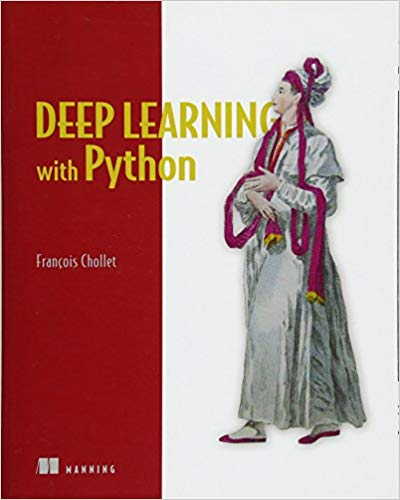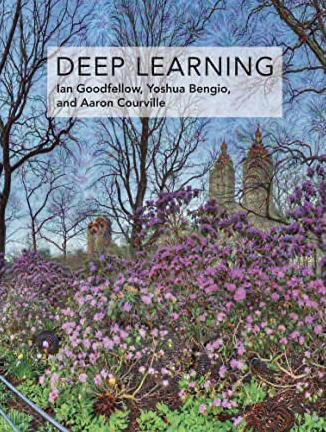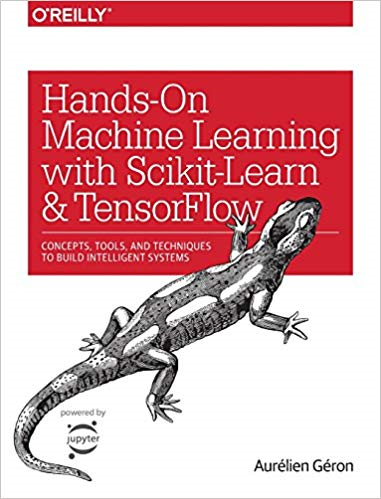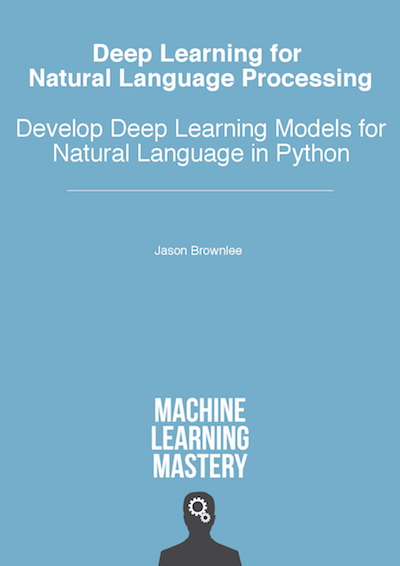Introduction to the course
Deep learning is a modern and exciting approach to machine learning that is delivering state-of-the-art performance in many real-world applications of data science. Deep learning achieves its flexibility and power by representing the world as a nested hierarchy of concepts based on networks of primitive processing units, much like a neural architecture. This module provides an introduction to the goals and methods of deep learning with particular focus on its application to problems in the processing of speech signals and natural language text. Topics will include the history of deep learning and its relationship to other machine learning approaches, the mathematical and computational infrastructure of deep learning, a review of popular deep learning architectures and strategies, applications of deep learning to word semantics, parsing, machine translation and question answering, applications of deep learning to speech recognition, speech synthesis and paralinguistics, and the relationship between deep learning and general artificial intelligence. The course will be presented as a mixture of seminars, discussions about recent papers, and hands-on laboratory sessions with deep learning tools. The course is designed to be accessible to psychology and linguistics students with no prior programming expertise.
Aims
This module will introduce the concepts, methods and terminology essential to an understanding of how deep learning is being applied to the processing of speech and natural language. It will cover the history of deep learning, foundational mathematical and computational methods of machine learning, practical applications of deep learning to speech and language, the relationship between deep learning and the goals of artificial intelligence.
The course aims:
- To provide an introduction to machine learning as a means to build applications in speech and natural language in contrast to knowledge-based approaches
- To provide an introduction to the deep learning approach to machine learning in terms of its history, its methods, and its mathematical and computational foundations
- To provide an overview of essential elements of deep learning systems in terms of data representation, node types, network structure, loss functions, and optimization algorithms.
- To demonstrate how deep learning is being used to build applications in speech and natural language processing
- To provide practical experience in building, training and running deep learning systems on speech and text data.
Outcomes
Knowledge and understanding
- Awareness of the motivations for deep learning approaches to machine learning
- Awareness of the essential structures and algorithms of deep learning
- Awareness of contemporary applications of deep learning in speech and natural language processing
- Experience in building deep learning models applied to speech and natural language
- Ability to contrast deep learning with other approaches to building applications in speech and language
- Ability to discuss the relationship between deep learning, the scientific method for studying language and the problems of artificial intelligence generally.
Transferable Skills
- Ability to collect and format data for machine learning
- Ability to train and evaluate a machine learning solution to a problem
- Ability to build and fit deep neural networks to problems in speech and natural language
Lectures, Labs & Tutorials
The course will be presented as a series of interactive seminars and practical exercises. The seminars will be used to introduce concepts of deep learning and to describe and demonstrate deep learning applications in speech and natural language processing. The practical classes will provide “hands-on” experience of the design, training and operation of deep learning models. Weekly exercises will be provided to develop skills in Python programming for deep learning using Google Colaboratory and the Keras toolkit for TensorFlow.
Timetable
| Item | Time | Location |
|---|---|---|
| Lectures, seminars, laboratory sessions | Monday 2-5 | Chandler House, Teaching Lab B07 |
Contact Details
| Responsibility | Name | |
|---|---|---|
| Lecturer | Josef Schlittenlacher | j.schlittenlacher@ucl.ac.uk |
Assessment
- Coursework, to be specified. Maximum length 2500 words. 100% of credit.
Assessments must be submitted in electronic format through the Moodle site.
Moodle
The course has a moodle page at https://moodle.ucl.ac.uk/course/view.php?id=29520.
The Moodle site will contain links to course notes, lecture slides, readings, and to additional resources.
Handbook
The course handbook is written as a set of web pages and can be found at: https://www.phon.ucl.ac.uk/courses/pals0039/.
The web design used for the course handbook is designed to be readable on portable devices.
Please note that the course notes will continue to be developed through the term. If you look ahead, beyond the current week, be aware that content may change.
There will be additional materials on Moodle.
Self-Study
You will get the most out of the teaching sessions if you come prepared. There will be exercises to attempt, videos to watch, and articles to read ahead of class. Be sure to complete any activities indicated in the days before the class.
Each week a small number of readings will be set. Students should strive to read as much as possible around the topics covered on the course. Where possible, essential readings will be made available on-line.
The course notes will index a range of tutorial video materials and web sites containing useful information about the topics. Use these to help develop your understanding of the concepts covered.
Use the Moodle Discussion forum for any specific questions you have outside the tutorial time. Also post messages if you find other interesting web sites relevant to the course.
Text Books
There is a large amount of educational material about deep learning and NLP on the web and it is not necessary to purchase a text book to understand the course. However online materials are rather variable in quality and level. You may find a text book treatment of the topic useful. The book by Chollet is particularly recommended.
If you purchase any of these from Amazon using the supplied links, you will be supporting the web site www.speechandhearing.net.
-
 Deep Learning with Python
Deep Learning with Python
Francois Chollet, O'Reilly, 2017 (2nd edition 2021). - Deep learning is applicable to a widening range of artificial
intelligence problems, such as image classification, speech recognition,
text classification, question answering, text-to-speech, and optical
character recognition.
Deep Learning with Python is structured around a series of practical code examples that illustrate each new concept introduced and demonstrate best practices. By the time you reach the end of this book, you will have become a Keras expert and will be able to apply deep learning in your own projects.
-
 Deep Learning
Deep Learning
Goodfellow, Bengio and Courville, MIT Press, 2016. - The bible by some of the people who shaped the field. An HTML version (websites) is available for free.
Deep Learning by Goodfellow, Bengio and Courville covers the principles of deep learning in depth. You will choose this book if you want to learn beyond this course. Published in 2016 it does not contain some newer applications but is an important resource for the background of all major basic networks (e.g., MLP, CNN, RNN, gated RNN).
-
 Hands-On Machine Learning with Scikit-Learn and TensorFlow
Hands-On Machine Learning with Scikit-Learn and TensorFlow
Aurélien Géron, O'Reilly, 2017. -
Through a series of recent breakthroughs, deep learning has boosted the entire field of machine learning. Now, even programmers who know close to nothing about this technology can use simple, efficient tools to implement programs capable of learning from data. This practical book shows you how.
By using concrete examples, minimal theory, and two production-ready Python frameworks—scikit-learn and TensorFlow—author Aurélien Géron helps you gain an intuitive understanding of the concepts and tools for building intelligent systems. You’ll learn a range of techniques, starting with simple linear regression and progressing to deep neural networks. With exercises in each chapter to help you apply what you’ve learned, all you need is programming experience to get started.
-
 Deep Learning for Natural Language Processing by Jason Brownlee. E-book only.
Deep Learning for Natural Language Processing by Jason Brownlee. E-book only.
- Deep learning methods are achieving state-of-the-art results on challenging machine learning problems such as describing photos and translating text from one language to another.
In this new laser-focused Ebook written in the friendly Machine Learning Mastery style that you’re used to, finally cut through the math, research papers and patchwork descriptions about natural language processing.
Using clear explanations, standard Python libraries and step-by-step tutorial lessons you will discover what natural language processing is, the promise of deep learning in the field, how to clean and prepare text data for modeling, and how to develop deep learning models for your own natural language processing projects.
Word count: . Last modified: 15:39 30-Sep-2022.
